mobile View, to the German Version tap the flag


- possession of France
- Overseas community, autonomous and not part of France
- own name: Collectivité d'Outre-Mer de Saint-Barthélemy
- also: St. Barthélemy
- also: St. Barth
• Flags
• unofficial Flag
• historical Flags
• Meaning/Origin of the Flag
• Coat of Arms
• Meaning/Origin of the Coat of Arms
• Map
• Numbers and Facts
• History
• Origin of the Country's Name
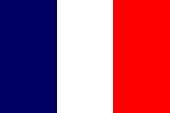
Flag of France,
ratio = 2:3,
Source, by: Corel Draw 4





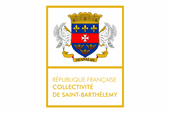
since 2007(?),
Flag of the Territorial Council(?),
ratio = 2:3,
Source, by:
World Statesmen




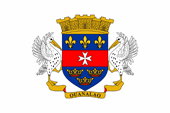
since 2007(?),
unofficial local flag,
ratio = 2:3,
Source, by: Wikipedia (FR)






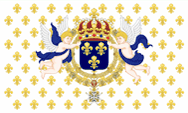
1648-1651,
St. Barthélemy is a colony of France,
Source, by:
Sodacan [CC BY-SA 3.0], via Wikimedia Commons



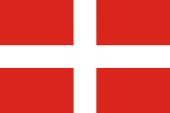
1651-1659,
St. Barthélemy a pssession of the Order of Malta



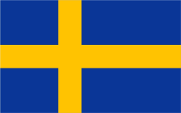
1785-1877,
St. Barthélemy is a colony of Sweden






from 1877,
St. Barthélemy comes finally to France






All French colonies had no own flag over a long period. It had to be hoisted the French tricolor. This in principle usual until today. The status of the colonies changed over the years. Some of them are now overseas departments, and thus a ultraperipheric part of France and of the EU; others are overseas communities, autonomous, and not a part of France or the EU. Overseas departments belong – in contrast to the departments of the motherland – to no administrative region of France, they are a separate region. The territorial entity has therefore officially to use the flag of France. However, the General Council as the highest elected collegial body of a French Department and the Regional Council as the highest elected collegial body of a French Region can have their own flags. These flags of departments and regions, however, have oftenly the appearance of company flags with logos or even stylized images, appear carelessly, ahistorical, technocratic and modernist, because in the strictly centralist France is avoided any regionalism or even a historical subscription. Because of that these logo flags of regions are unpopular and are rarely used. Since 2007, the territorial entity of Saint Barthélemy has been a "Collectivité d'Outre-Mer", an overseas community, if you will, a department with special status. The legislative powers lie no longer with the general council of a department, but with a territorial council. Around 1977/1978, the then local government of Saint Barthélemy had designed a coat of arms, which is still in use until today as the coat of arms of the overseas community. It was created by Mireille Louis and goes back to the coat of arms of the commune of Saint Barthélemy when it was still a part of Guadeloupe. Since 1987, a local flag made of white cloth with the coat of arms in the centre was used, possibly only by the municipal administration, with an inscription with the name of the island above the coat of arms. The inscription is meanwhile omitted since been. Since 2007, this flag has been in use as a local and unofficial flag. The Territorial Council of the Overseas Community has apparently, and as usual, its own flag. The territorial entity must officially use the flag of France.
Source:
World Statesmen,
FOTW,
Wikipedia (D)
Wikipedia (FR)

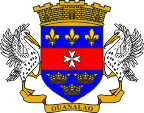
Coat of arms of Saint Barthélemy,
Source, by:
FOTW,
Wikipedia (D)

The coat of arms of Saint Barthélemy was created in 1978/1979 and shows a blue shield with a red bar in the middle. Within the blue fields are placed above three golden lilies, and placed below three golden crowns, and an the red, middle bar a white Maltese Cross. On the crest is placed a mural crown, supporters are two pelicans, and below appears a banner with the inscription "Ouanalao". The lilies refer to the French colonization of the 17th century, the Maltese Cross to the time when the island was a possession of the Order of Malta (1651-1659), and the three crowns to the time when the island was a possession of Sweden (1785-1877). The pelicans stand for the fauna of the island. "Ouanalao" is the name, which oncewas given to the island by the Caribs. The coat of arms was created by Mireille Louis and it is the former arms of the municipality of Saint Barthelemy when it was a part of Guadeloupe.
Source:
FOTW,
Wikipedia (D)

Location:
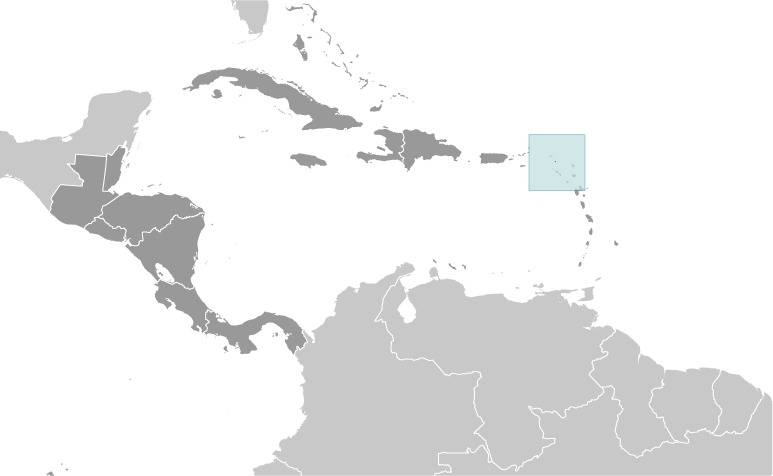
Source: CIA World Factbook
Map of the country:
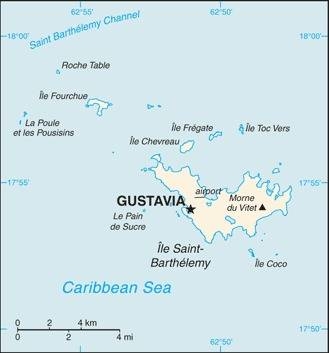
Source: CIA World Factbook

Area: 8 square miles
Inhabitants: 10.124 (2018), French, Portuguese, Caribbean, Afro-Caribbean
Religions: Protestant and Roman Catholic
Density of Population: 1.249 inh./sq.mi.
Capital: Gustavia, 2.615 inh. (2010)
official Language: French
other Languages: English
Currency: 1 Euro (€) = 100 Cent
Time Zone: GMT – 4 h
Source: Wikipedia (D),
Wikipedia (FR),
CIA World Factbook

Middle Ages · the people of the Caribs lives on the island, which is called by them "Ouanalao"
1493 · Christopher Columbus discoveres the island on his second voyage, and he calls it in honor of the patron saint of his brother "Santo Bartolomeo"
16th/17th century · sparse settlement of the island by settlers from Europe, decimating of the Caribs
1648 · French settlers from Normandy and from Brittany colonize the island under the leadership of the Maltese Knight Phillippe de Longvilliers, the island becomes a French colony
1651 · France sells the island to the Order of Malta
1659 · Order of Malta renounces the island
1763 · France raises claims on Saint Barthelemy, which has now degenerated into a pirate's nest
1784 · the king of France passes the island in a barter transaction to Sweden
1785 · the island is a Swedish colony, the main town "Le Carénage" will be renamed in honor of the Swedish king in "Gustavia"
1847 · abolition of slavery, many former slaves leave in the following years the island
1852 · a major fire destroyes Gustavia
1877 · France buys Saint Barthelemy back from Sweden, the island is from now on administered by Guadeloupe
1946 · Saint-Barthélemy is a municipality of Guadeloupe
1962 · Saint-Barthelemy is administratively merged with the French part of Saint Martin into the Arrondissement of Saint-Martin-Saint-Barthélemy, which is part of Guadeloupe
2003 · referendum in favor of a majority for the separation from Guadeloupe
21st of March 2007 · the two dependencies St. Martin and St. Barthelemy are hived off the overseas territory of Guadeloupe, Saint-Barthélemy becomes a Collectivité d'Outre-Mer, thus an autonomous overseas community, not a part of France
Source:
Wikipedia (D)

When Christopher Columbus discovered the island on his second voyage in 1493, he called it in honor of the patron saint of his brother "Santo Bartolomeo". The island's name is often shortened reproduced as St. Barth.
Source:
Wikipedia (D)


| ![]()





















